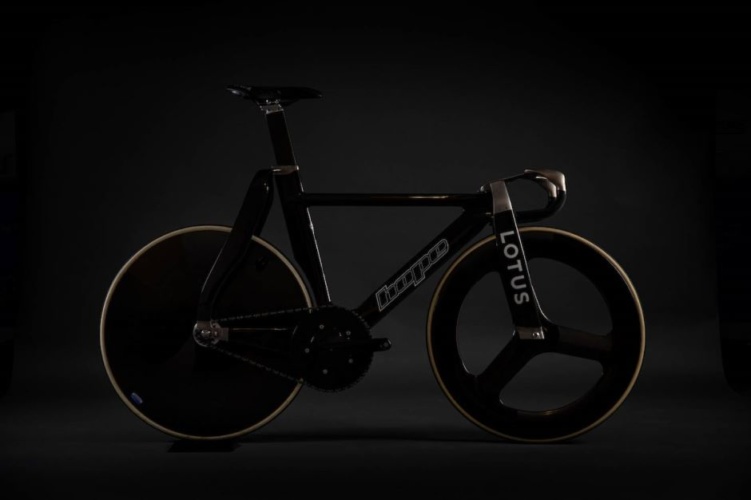
Why did you decide to become an engineer?
Growing up I was fascinated with healthcare and how they use science and technology to save lives. At school, I attended a seminar about careers in medicine, which included a seminar on the engineering concepts of prosthetic limbs. I was excited to discover how biology and engineering can have such a profound impact on people’s lives.
INWED Profiles: Jane Butler, UCL faculty of engineering
Can you tell me about your career to date?
I studied Medical Engineering at Cardiff University, before joining Renishaw as a graduate. I started by shadowing other project managers in the Encoders Products Division.
During my time there I worked alongside design and manufacturing teams to manage projects involving maintaining product quality, maintenance of production lines and customer specific requirements I set up new processes and structures, involving entirely new ways of working.
I then moved into Group Engineering where I became involved in a broader range of business specific projects, from the Olympic bike to Ventilator Challenge UK.
What project are you most proud of?
Working as the project manager for Renishaw’s contribution to Ventilator Challenge UK, co-ordinating the production of critical machined components for two complementary devices selected by the NHS.
My role was driving the collaboration between our teams to produce over 100,000 parts in six weeks. I also acted as the contact between Renishaw and the wider consortium on all aspects, including project schedules, quality requirements and legal. I acted as the single point of contact, where effective communication and collaboration between consortium teams was essential for successful delivery of the ventilators.

What is your favourite project so far?
Working on the Olympic bike with British Cycling and Lotus has been an amazing experience. We started producing prototypes, before becoming a partner of British Cycling as its official additive manufacturing (AM) supplier.
As the design of the bike developed, I worked alongside Lotus to help design the bike for our AM machines, coordinating design and supporting as we moved into manufacturing. Though each bike is specific to its rider, there are common parts, so I helped establish a small production line.
What is your advice to girls considering a career in engineering?My advice would be to do your research, explore what engineering involves and where it could take you. Engineering can lead you down many pathways. You may study it as an individual discipline, like mechanical engineering, but you don’t work alone — you are supported with software engineers, electrical engineers, project managers, marketing and more.
When I was younger, I didn’t know what engineering was, as an industry we can raise awareness of the breadth of opportunities and show that they are open to everyone. I am now very passionate about the development of those entering the industry, helping them to progress along their own pathway and explore their skills in different ways.
Who is your STEM hero and why?
Sheryl Sandberg, the COO of Facebook. I enjoyed her book Lean In, which is about how women working in technology can get their voice heard, not get lost in the room and the natural biases around men and women and how to counteract them.
I have since co-founded a Diversity and Inclusion Group at Renishaw, which will launch later this year, to support my colleagues of all backgrounds.
International Women in Engineering Day – June 23 – is an awareness campaign to raise the profile of women in engineering and focuses attention on the amazing career opportunities available to girls in this exciting industry. It also celebrates the outstanding achievements of women engineers throughout the world. The event is organised by The Women’s Engineering Society. This year’s theme is #ShapeTheWorld #INWED20










UK Enters ‘Golden Age of Nuclear’
The delay (nearly 8 years) in getting approval for the Rolls-Royce SMR is most worrying. Signifies a torpid and expensive system that is quite onerous...